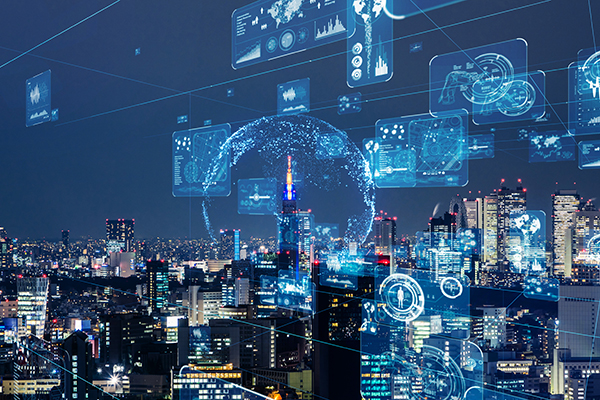2 Retail Uses of Artificial Intelligence in a Post-COVID World

The amount of information collected from an in-store POS is vast. Coupled with e-commerce data gathered from online transactions, retailers can glean a pretty accurate picture of who their customers really are: their tastes, sizes, socio-economic status and demographics.
Artificial intelligence (AI) is being used to correlate all of that information to provide an efficient, personalized experience that caters to shoppers’ preferences.
Numerous companies are investing significantly in the technology; Meticulous Research predicts the global AI in retail market will grow 35.9% between 2019 and 2025, reaching $15.3 billion.
AI can help discern the patterns in consumer behavior that can answer the questions on every retailer’s mind: how do we keep shoppers coming back?
AI for shopper convenience

Using AI to make sense of customer information can help retailers create efficient shopping experiences, whether that’s at a physical retail location or online.
These types of retailer-directed experiences are particularly appealing to millennials, the first digitally native generation.
In general, the fact that millennials gravitate toward digital-first approaches puts retailers and brands under pressure to continually innovate; businesses are striving not only to know what the customers want before they reach the store, but also to have it readily available.
Retailers that create an atmosphere of convenience and ease are generally rewarded with repeat business.
That was perhaps most evident at the height of the COVID-19 pandemic, when customers turned to e-commerce because of the ease of filling their shopping needs, from clothing to groceries to cleaning supplies. For 15 months, online ordering surged.
In response, brick and mortar retailers expanded their channels, and many that once eschewed online orders quickly found significant revenue gains by allowing customers to place orders online and collect them curbside.
Now, as retailers emerge from the past year with new methods of meeting customer needs, they also have found themselves possessing significantly more shopper data.
Personalized promotions

Retailers can use AI to build effective marketing campaigns that can not only help shoppers find the products they are looking for, but also to discover others they didn’t even know they wanted.
Product intelligence plus customer data combined with AI can produce targeted marketing and promotions that can encourage loyalty, increase return visits, and increase conversion rates.
Online, AI can help decrease bounce rates and improve engagement on the website by using personalized recommendations and banners.
AI can help retailers provide the personalized experience customers receive online when they are shopping in stores.
For example, AI cameras and sensors can record when an item is placed back after a customer selects it.
If that action is a trend, the manager can decide if the item should be displayed elsewhere, in an effort to provide it more visibility.
Better forecasting

AI-driven tools analyzing Retail Pro POS data help retailers understand who their consumers are, which allows them to provide personalized offers and deals.
Business analytics provide valuable insight into customer demographics, peak operation hours, buying trends and inventory.
Retailers can examine purchasing history from POS transactions to determine what influences customers’ buying habits.
By integrating automation from AI-driven POS systems in multiple sales channels — online, in-store, apps, etc. — retailers can more clearly understand their customers’ experiences and continue to refine them to better suit their needs.



